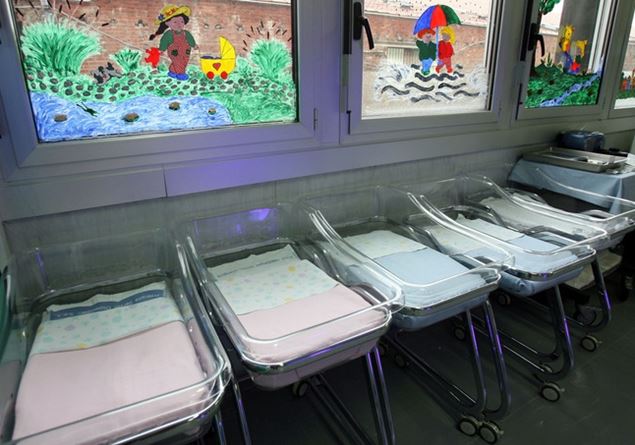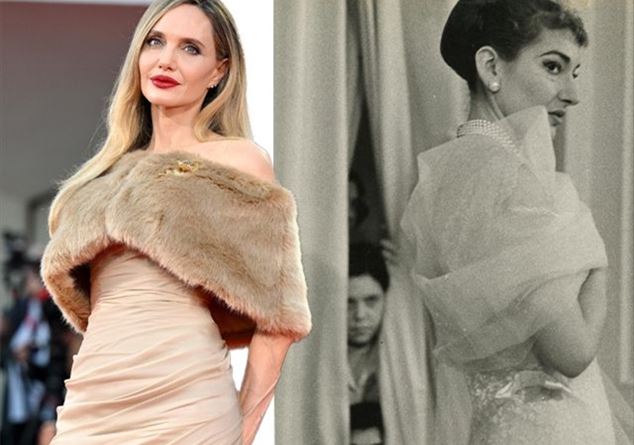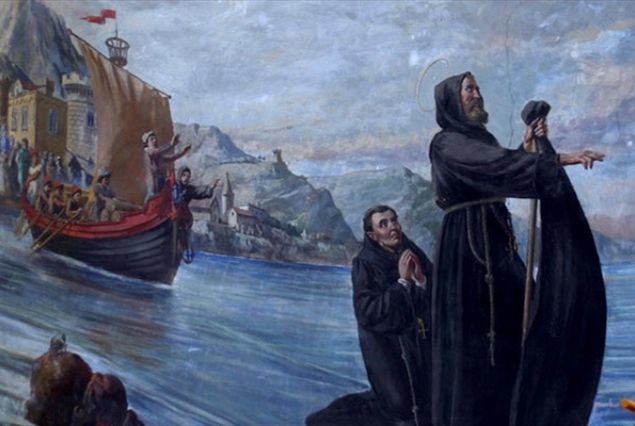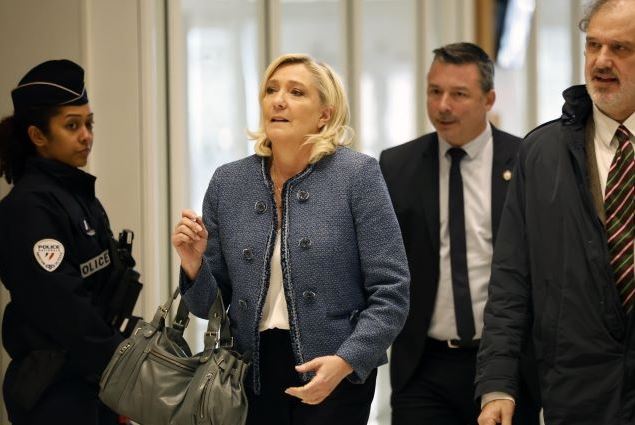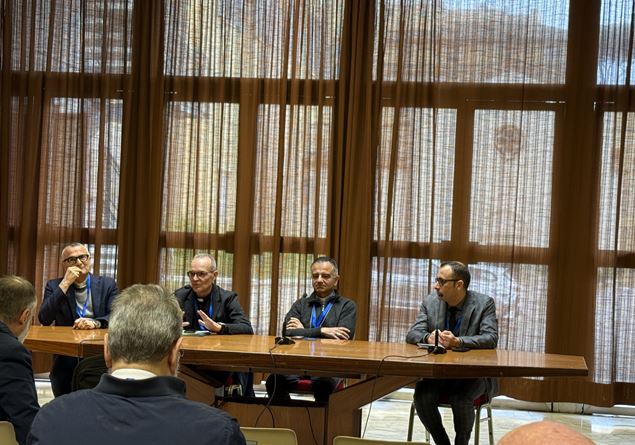Maria Callas with director Fraco Zeffirelli
Maria Callas was born on December 2, 1923 in New York to a family of Greek emigrants whose surname was Kalogeropoulou. Fate did not allow her to grow old. She died at the age of 53, on 16 September 1977, alone, in the city that countless times, in the role of Violetta in Traviatahad sung like a “populous desert”: Paris. Her premature death made indestructible the myth of an artist who remains a point of reference in the history of musical theatre. «The conjunction of stars that met to create a star as complete and perfect as Maria Callas can never be repeated again», said Franco Zeffirelli. The Nobel Prize-winning poet Eugenio Montale, after a performance of The sleepwalker of Bellini at La Scala in 1955, defined it: «Phenomenal light tragic soprano, with an expressionistic flavour: a mixture of which we had no precedent».
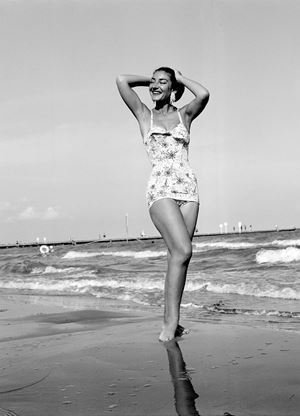
Maria Callas exhibits a new line at the Lido of Venice
Maria Callas achieved success with talent, study and iron discipline. He took his first singing lessons in New York at the age of 6, but his study became methodical after returning with his family to Greece in 1937. In Athens he received a scholarship from the National Conservatory and on 2 April 1938 he sang for the first an entire opera once (she plays Santuzza in Rustic cavalry). During the war years he sang in Greece, then in the United States. In 1947 he arrived in Verona to sing in the Arena The Mona Lisa directed by Tullio Serafin. It’s a triumph. In Verona Maria meets Giovanni Battista Meneghini, an industrialist with a passion for opera. A relationship is born, even though Meneghini is 28 years older than her. They married in 1949.
December 7, 1951 was the year of his debut at La Scala with The Sicilian Vespers by Verdi. Maria will perform on that stage for eleven years in 24 titles, leaving indelible memories. As the former superintendent Carlo Fontana recalls, «in the Piermarini room the ghost of Maria hovered for a long time». At that time Maria Callas was a thriving girl who weighed over 90 kilos. «I found myself in front of a matron in mink», wrote the journalist Camilla Cederna, recalling her first meeting with the diva. A strict diet cloaked in legends (it was said that she had ingested a tapeworm, but it wasn’t true) made her lose almost 50 kilos in the space of a few years. His new line was enhanced by the elegant clothes of the designer Biki.
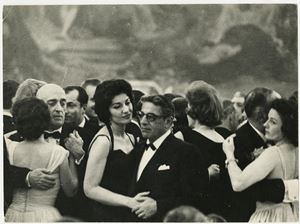
Maria Callas with Aristotle Onassis
Between 1951 and 1957 Maria Callas was the queen of world opera. Fans revere her as “the Divine”. Critics and logjournalists they fuel, even in a disorganized way, a rivalry with Renata Tebaldianother great voice of those years. «When she sings, the partisans of the other soprano, stationed in the galleries, await her with rifles leveled and underline with murmurs of disapproval every voice emission that seems defective to them», wrote the critic Massimo Mila in 1955 after a performance at La Scala Of Norm.
Directors such as Luchino Visconti valorized Callas’ dramatic temperament. It remains unforgettable La Traviata of 1955 at La Scala. «When he did it TraviataMaria was truly beautiful. She was also very thin and Visconti dressed her sublimely, with wonderful clothes. She was beautiful from every point of view and also very good, she made a unique Violetta in the world”, still remembers with emotion Giovanna Lomazzi, 88 years old, a long-time protagonist of Milanese musical life, who became friends with the singer in that period.
After many triumphs, a black day also arrives. Thursday 2 January 1958 Maria Callas sings Norm for the inauguration of the season of the Rome Opera Theatre. It is an evening of great sociality. The President of the Republic Giovanni Gronchi and his wife sit in the royal box. At Costanzi there are also Giorgio De Chirico, Gina Lollobrigida, Anna Magnani, Silvana Pampanini. At the end of first act Callas leaves the theater through an internal passage that takes her directly to the hotel. She had suffered a loss of voice, but some protests from the public had also hurt her. The performance is suspended. It is a scandal that will force the artist to write a letter of apology to Gronchi on January 3 (“I am deeply saddened”).
In August 1959 came a sentimental turning point. Maria Callas begins a relationship with another man older than her, the shipowner Greek Aristotle Onassis. This time the age difference is 17 years. «Maria began to no longer care about her voice to frequent a world that was not hers. She was used to being with colleagues, but Onassis forced her to frequent the golden world, so to speak, with which she had nothing in common. Maria was a woman who lived from her singing and from her house in Milan, which she loved very much: she had a beautiful house, with wonderful antique furniture and many valuable paintings. This was her world, but then the Onassis tsunami arrived and upset all relationships”, Lomazzi recalls bitterly. In June 1962 Maria performed at La Scala for the last time. The voice has now lost its former luster. In 1968 Pasolini directed her in the film Medeabut cinema doesn’t seem like his new path. She begins a troubled relationship with the tenor Giuseppe Di Stefano, with whom she performs in some recitals in Japan. November 11, 1974 was the day of his last public performance, in Sapporo.
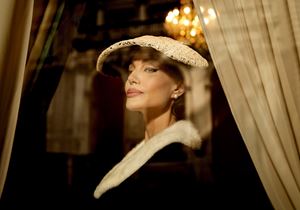
Angelina Jolie is Maria Callas in the film “Maria” by Chilean director Pablo Larraín
The year before Riccardo Muti had looked for her to sing in Macbeth by Verdi in Florence. Nothing to do. «It’s late», Maria sighs on the phone, with the same dark tone as Violetta, when she feels death is near La Traviata. Onassis died between 1975 and 1976, Pasolini and Visconti. Callas is increasingly alone and unhappy. «For Maria», Lomazzi explains, «life at that point no longer made sense. She no longer had anything that suited her. He had finished his artistic career and his cinema and teaching experiences had not gone well. He had no other professional outlets. She was born to sing and once she no longer had the voice to sing, she missed everything.” In 1979 his ashes were scattered in the Aegean.




